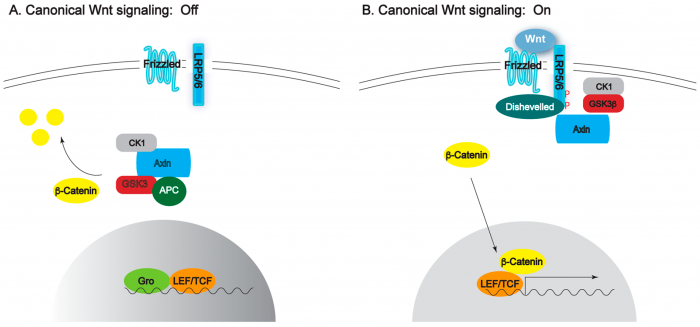Whether we like it or not, the film industry has always had a significant influence on the representation, as well as our understanding of mental illness. With the popularity of Hollywood comes both, positive and many negative consequences.
Movies, such as Split are said to have done more harm than good in trying to show and destigmatize personality disorders. Split, while tackling dissociative identity disorder (DID), has been officially categorized under “schizophrenia movies” by Google. Another example that is categorized under the same genre and adding to the confusion is the movie Shutter Island, in which some might argue it is DID that is being represented, or even Delusional Disorder rather than Schizophrenia. It seems as though movies that show DID are commonly mistaken for showing schizophrenia. As one might imagine, mislabeling and miscathegorizing movies is quite problematic for various reasons, the most important one being that they are two completely different mental disorders. How? – you might say, so let’s look at them now.
|
Schizophrenia |
Dissociative Identity Disorder (DID) |
|
| Differences | · part of schizophrenia spectrum disorders (DSM-5)
· hallucinations, catatonia, disorganization, psychotic symptoms · acute psychotic episodes · research focused on biological factors · treatment: focus on antipsychotics · largely genetical illness · late onset |
· part of dissociative disorders (DSM-5)
· disruptions in functions of consciousness, memory, identity, or perception · chronic episodes · fragmentation of the identity, multiple fragments can exist side by side · research focused on life experiences · treatment: focus on psychotherapy · amnesia, derealization, identity confusion, identity alteration · early onset |
| Similarities |
· pathological dissociation (although higher in DID) and absorption, imaginative involvement · high co-occurrence · environment and personality can influence symptoms · role of trauma in development · depersonalization, delusions |
|
What may be the cause of schizophrenia?
As indicated in the table, one of the major differences is that DID is mostly associated with traumatic life experiences, while schizophrenia is mainly associated with genetic factors. Given the significant focus of research on the biological background of this disorder, we are able to suggest some explanations as well as offer pharmacological treatment.

The above visual is showing a cell signaling pathway, the Wnt/B-catenin pathway, which plays an important role in early development. Dopamine is a key regulator of this signaling cascade, and in the event of increased levels it can lead to abnormally high levels of GSK3 and B-catenin, resulting in the overall inhibition of the pathway. This inhibition results in low levels of TCF/LEF, which are transcription factors at the end point of the Wnt signaling cascade, and are involved in growth. Schizophrenic patients presented with higher than normal levels of dopamine, and researchers thus have concluded that the disruption of this signaling pathway may result in the development of schizophrenia.
So, what now?
While there is no cure for schizophrenia at this time, doctors are able to offer various treatment options.
- Psychosocial Interventions
-
- Therapy
- Individual and/or family therapy are amongst the options, as well as something called an electroconvulsive therapy.
- Skills training
- Behavioral skills training (BST) is a method frequently used by many applied behavior analysts in order to teach skills one might be lacking due to mental illness(es).
- Therapy
- Pharmacological treatment
-
- Antipsychotics
- First and second-generation antipsychotics are targeting dopamine in the signaling pathway.
- Lithium
- This medication is targeting Akt and GSK3 (both of which that were mentioned above) to regulate the overall Wnt signaling pathway.
- Antipsychotics
Links and/or images:
https://pubmed.ncbi.nlm.nih.gov/23379509/
https://www.mayoclinic.org/diseases-conditions/schizophrenia/diagnosis-treatment/drc-20354449
https://www.ncbi.nlm.nih.gov/pmc/articles/PMC5216848/